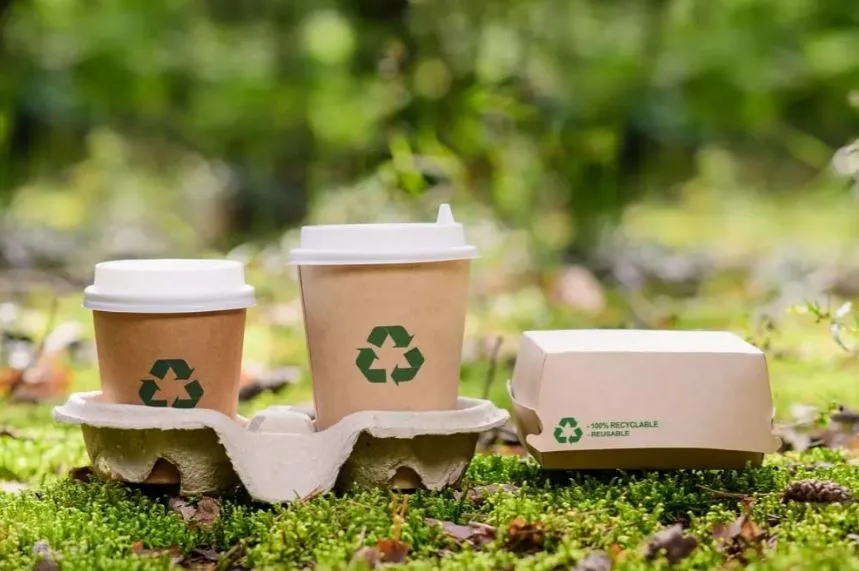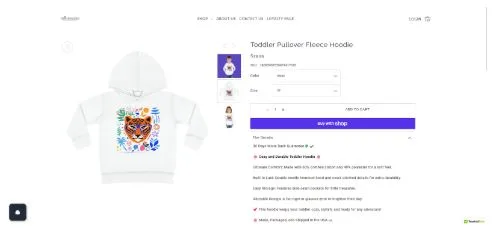Environmental Packaging: Shaping a Sustainable Future
Packaging is an essential part of modern life. From protecting food during transport to enhancing brand identity, it plays a vital role in commerce and convenience. However, traditional packaging—especially single-use plastics—has created significant environmental challenges. In response, Environmental packaging, also known as sustainable or eco-friendly packaging, has emerged as a solution that balances consumer needs with ecological responsibility.
This article explores what environmental packaging is, its benefits, types, innovations, challenges, and why it’s becoming essential for businesses and consumers alike.
What Is Environmental Packaging?
Environmental packaging refers to packaging solutions designed with sustainability in mind. It reduces negative impacts on the planet through the use of renewable materials, recyclability, compostability, and energy-efficient manufacturing. The goal is to minimize waste, reduce carbon footprints, and support circular economies where materials are reused rather than discarded.
The Importance of Environmental Packaging
- Reducing Plastic Pollution
Millions of tons of plastic waste enter oceans each year, threatening marine life and ecosystems. Eco-packaging replaces or reduces plastic dependency.
- Lowering Carbon Emissions
Sustainable materials often require less energy to produce and transport, reducing greenhouse gas emissions.
- Meeting Consumer Demand
Modern consumers increasingly prefer eco-conscious brands. Companies using environmental packaging can gain customer loyalty and stand out in competitive markets.
- Regulatory Compliance
Governments worldwide are implementing stricter packaging regulations. Adopting eco-friendly solutions helps businesses stay compliant.
- Supporting Corporate Social Responsibility (CSR)
Eco-packaging aligns with CSR strategies, showcasing commitment to sustainability.
Types of Environmental Packaging
- Biodegradable Packaging
Made from materials that naturally break down in the environment, such as cornstarch, sugarcane, or bamboo. These reduce landfill buildup.
- Compostable Packaging
Designed to decompose in industrial or home composting systems, leaving behind nutrient-rich soil rather than toxic residues.
- Recyclable Packaging
Materials like cardboard, aluminum, and certain plastics can be collected, processed, and reused to make new products.
- Reusable Packaging
Durable packaging that can be used multiple times, such as refillable containers, glass jars, and cloth bags.
- Plant-Based Packaging
Derived from renewable resources like mushroom mycelium, seaweed, or agricultural waste. These innovative materials replace petroleum-based plastics.
- Minimalist Packaging
Reduces excess materials, focusing on simplicity and efficiency. This approach minimizes resource consumption and waste.
Innovations in Environmental Packaging
Technology and creativity are driving impressive innovations in sustainable packaging:
- Edible Packaging: Made from seaweed, rice, or potato starch, this packaging can be consumed along with the product.
- Mushroom Packaging: Uses mycelium as a biodegradable alternative to Styrofoam.
- Water-Soluble Films: Dissolve harmlessly in water, ideal for detergents or single-use products.
- Plant-Based Plastics (PLA): Bioplastics made from corn starch or sugarcane with similar properties to petroleum plastics.
- Recycled PET (rPET): Plastic made from recycled bottles, reducing virgin plastic production.
Benefits for Businesses
- Brand Differentiation
Eco-packaging helps brands attract environmentally conscious consumers and establish themselves as sustainable leaders.
- Cost Savings in the Long Run
While initial costs may be higher, reducing material usage and tapping into recycling systems can lower expenses over time.
- Positive Public Image
Adopting environmental packaging demonstrates responsibility, improving reputation and consumer trust.
- Market Expansion
Many retailers now prioritize suppliers using sustainable packaging, opening opportunities for eco-conscious businesses.
Challenges of Environmental Packaging
Despite its advantages, sustainable packaging faces obstacles:
- Higher Initial Costs: Eco-materials can be more expensive than traditional plastics.
- Limited Infrastructure: Recycling and composting facilities may not be available everywhere.
- Durability Concerns: Some biodegradable materials lack the strength or moisture resistance of plastics.
- Consumer Awareness: Not all customers know how to dispose of eco-packaging properly.
Businesses must balance these challenges with innovation and education.
Case Studies: Environmental Packaging in Action
Coca-Cola
Introduced bottles made from 100% recycled PET plastic, aiming to reduce carbon footprint and plastic waste.
IKEA
Replaced Styrofoam with mushroom-based packaging for shipping products, aligning with its sustainability mission.
Lush Cosmetics
Pioneered minimal packaging, offering “naked” products and recyclable containers.
Nestlé
Committed to making all packaging recyclable or reusable by 2025, investing heavily in plant-based plastics.
Consumer Role in Environmental Packaging
Sustainability is a shared responsibility. Consumers can support eco-packaging by:
- Choosing products with recyclable, compostable, or minimal packaging.
- Reusing containers and bags.
- Properly sorting waste into recycling and compost bins.
- Supporting brands that prioritize sustainable practices.
The Future of Environmental Packaging
The demand for eco-friendly solutions is only growing. Future trends include:
- Smart Packaging: Sensors that track freshness while reducing waste.
- Closed-Loop Systems: Businesses reclaim packaging for reuse or recycling.
- Government Incentives: More policies encouraging sustainable practices.
- Consumer Education: Increased awareness of how to dispose of packaging responsibly.
As technology advances, environmental packaging will become more affordable, accessible, and efficient, making it the norm rather than the exception.
Conclusion
Environmental packaging is more than a trend—it’s a necessity in the fight against pollution and climate change. By combining renewable materials, innovative design, and responsible disposal, it creates a pathway to a cleaner and more sustainable future.
For businesses, adopting eco-packaging is both a responsibility and an opportunity to stand out in a competitive marketplace. For consumers, choosing sustainable packaging is a simple yet powerful way to protect the planet.
From biodegradable wraps to reusable containers, every small change contributes to a larger solution. As industries, governments, and communities come together, environmental packaging will shape a future where products don’t just serve our needs but also protect our world.






